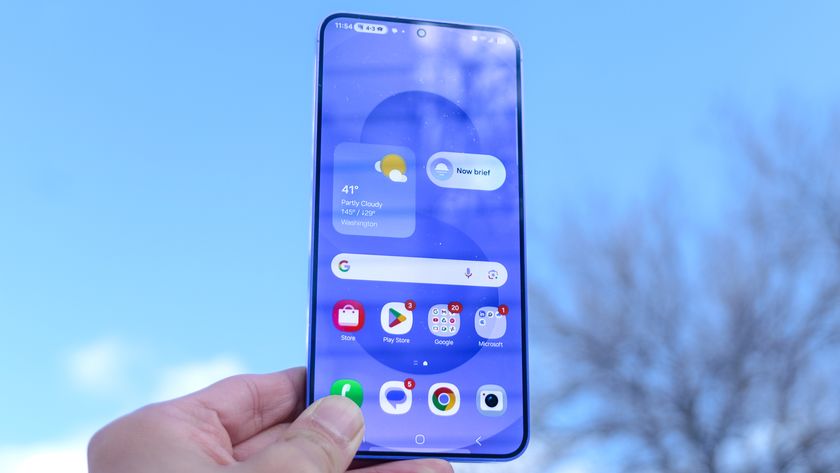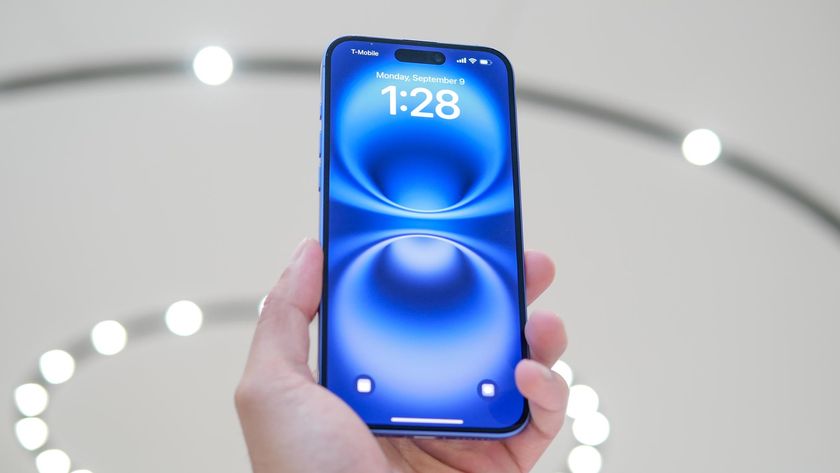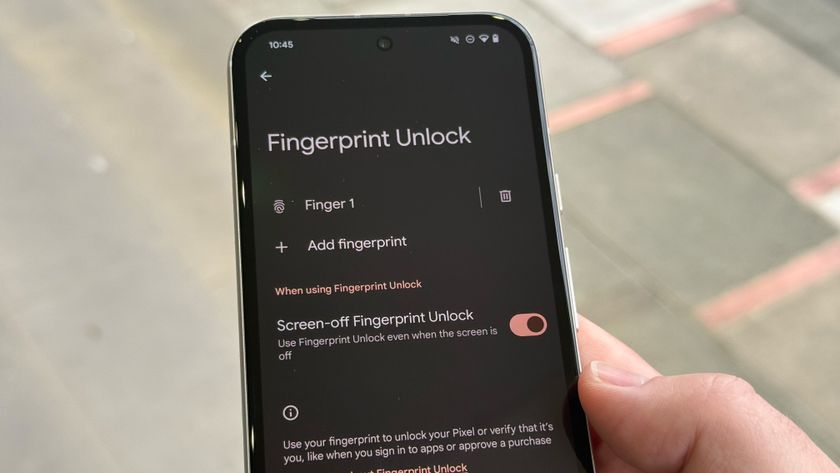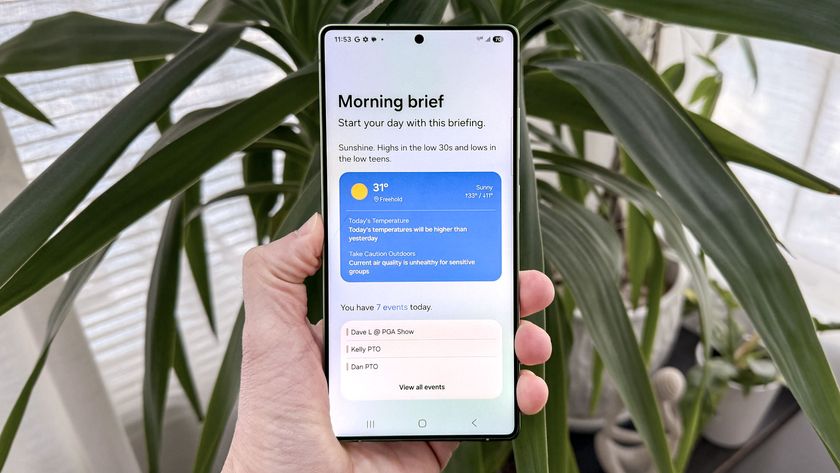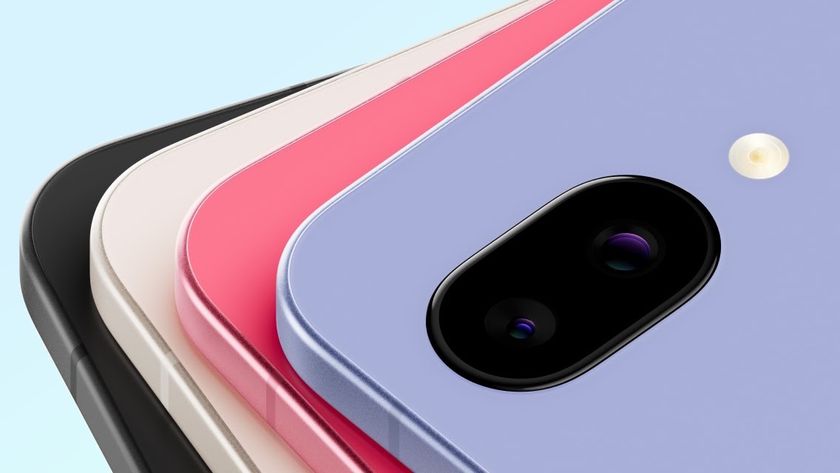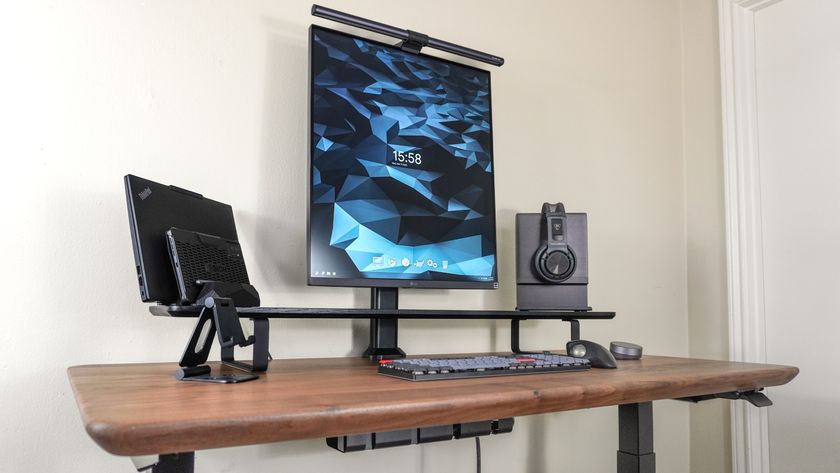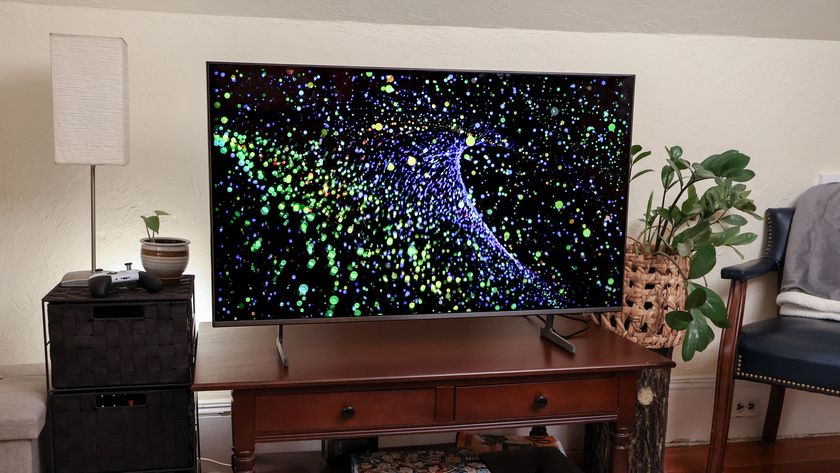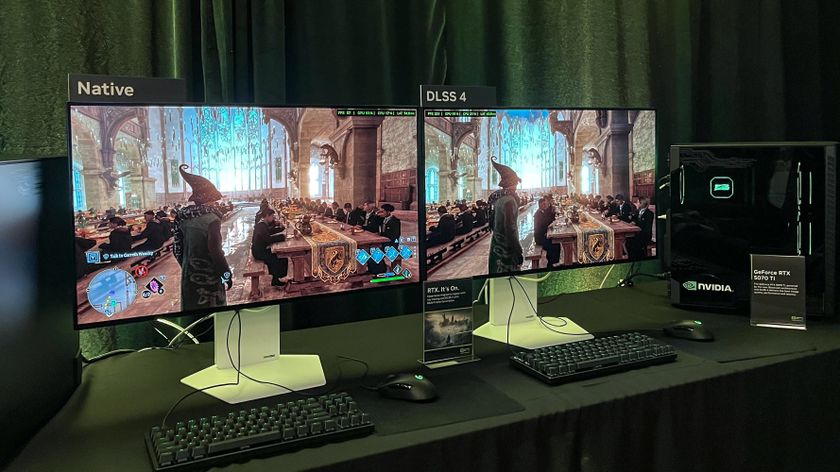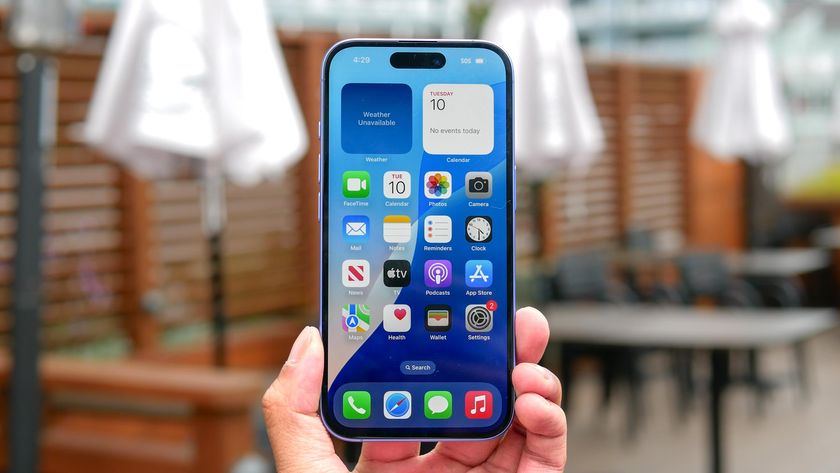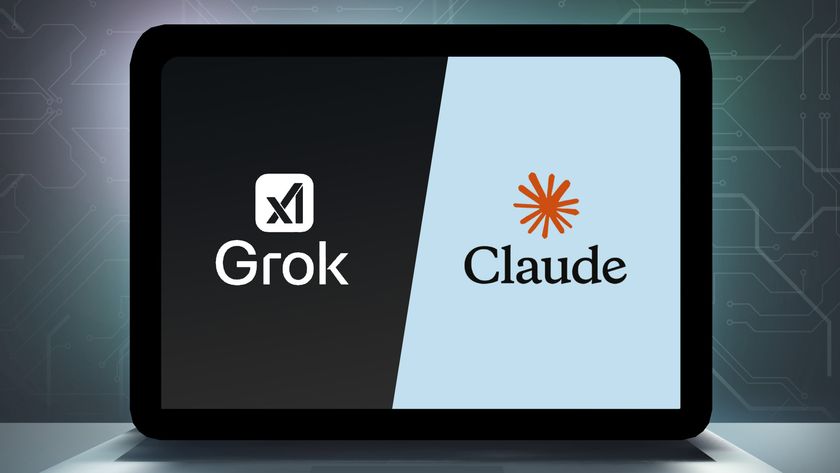2018’s Top Phones Are Skipping the U.S.
Well-regarded phones such as the P20 Pro, Honor 10 and Xiaomi Mi Mix 2S aren’t coming to America. Is there any hope on the horizon that we'll get something innovative?
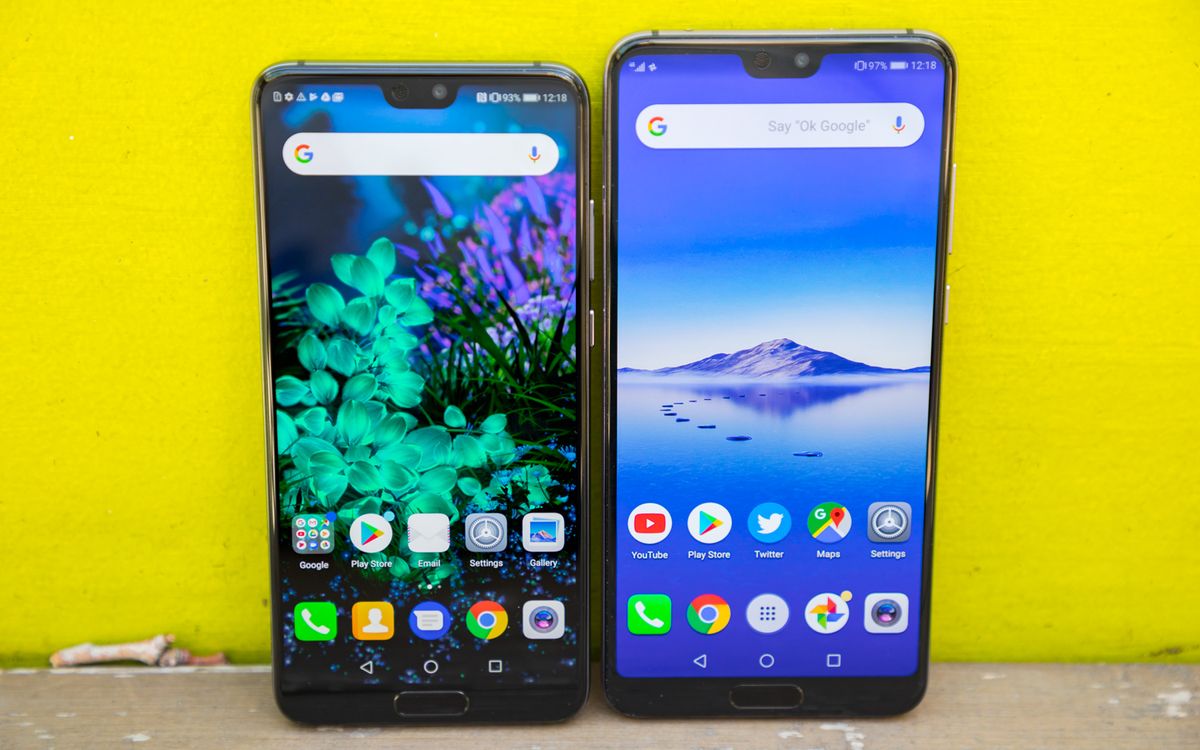
The Honor 10, unveiled yesterday (May 15) at a press event in London, is a stylish-looking phone with a vibrant blue case. It's got a bright 5.8-inch display with minimal bezels (and a notch) and the same Kirin 970 processor found inside powerful performers like the Huawei Mate 10 Pro.
Those dual rear cameras on the back of the Honor 10 are powered by artificial intelligence, using image recognition to optimize camera settings. Meanwhile, the $500-or-so price tag puts the Honor 10 squarely in that sweet spot for shoppers who want premium features in a more affordably priced phone.

But if you live in the United States, you're not going to be able to buy the Honor 10. While the phone is now available in 26 countries, the U.S. is not one of them, and likely won't be in the near future.
Reading hands-on impressions of the Honor 10 — I recommend this in-depth look at the new phone from our colleagues at AnandTech — the phone sounds an awful lot like the P20, a recent release by parent company Huawei. We looked at the P20 Pro, which has a triple-lens setup to deliver amazing photos in low light, delivers powerful performance and lasts 14 hours on a single charge.
You can't get that phone in the U.S., either.
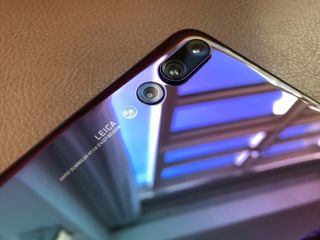
And so continues a depressing theme of 2018: Phones that are pushing the envelope with new features, interesting designs and impressive polish are bypassing the U.S. altogether. Since the start of the year, we Americans have seen the release of the Samsung Galaxy S9 — certainly impressive enough to be our top-rated Android phone, although it is only an iterative improvement over last year's S8 — and, frankly, a bunch of also-rans.
That point became pretty clear to me last week, thanks to two very different phones — LG's newly unveiled G7 ThinQ and Xiaomi's Mi Mix 2S, which I had the chance to see up close at last week's Google I/O developers conference.
Let's start with the G7, which was supposed to challenge the likes of the S9 and the iPhone X with its AI-powered camera, Snapdragon 845 processor and expansive screen. It's not a bad phone, and the AI smarts inside its camera produced some pretty formidable photos.
MORE: Best Android Phones
But the me-too design and the subpar battery life left us underwhelmed. As nice as the camera is on the G7, this isn't going to be the phone that vaults LG up to challenge Apple and Samsung for smartphone dominance.
Contrast that with the Xiaomi Mi Mix 2S. Xiaomi's 6-inch phone doesn't need a notch to give you more screen real estate; instead, the display stretches as far as Xiaomi can extend it, and bezels are kept to a minimum. Because the phone's case uses ceramic, the Mi Mix 2S offers a look distinctive from many of the other phones on the market.
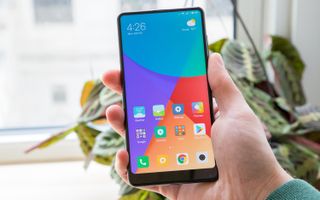
That's not to say the Mi Mix 2S is flawless. As my colleague Adam Ismail discovered when reviewing Xiaomi's phone, the LCD screen doesn't pack a lot of punch, and the phone's cameras produce pretty inconsistent images.
But if the goal is to provide something different from what other phone makers are doing, then Xiaomi delivers. It's just a shame that the Mi Mix 2S — say it with me now — isn't available in the U.S. (The phone will work on U.S. GSM networks if you can import one, though, and Xiaomi has said it hopes to enter the U.S. phone market by 2019.)
U.S. phone shoppers hoping for something to inject a little life into the smartphone market in 2018 may get their wish sooner rather than later. As I type this, we're hours away from OnePlus's May 16 press event, at which the Chinese phone maker will unveil the OnePlus 6.
While OnePlus isn't exactly known as an innovator, it does have a flair for placing premium features on more affordable phones. That could give the midrange phone market a good jolt, especially since the Honor 10 won't be the device to do it stateside.
Meanwhile, Moto has already previewed the next versions of its G and E series phones. The Moto G6 isn't a game-changer, but from what we've seen in our hands-on time with the new phone, it will give budget-conscious shoppers another compelling option. (In keeping with what's becoming a maddening trend, some of those Moto models have already started rolling out in other countries.)
That leaves the upper end of the smartphone market awaiting the next big thing, and a long time until the fall, when Apple is expected to introduce its iPhone X successor (or successors), Samsung will unveil the Note 9 (maybe sooner) and Google’s Pixel 3 will arrive. Hopefully, a new device or two will come along between now and then, if only to stop us from looking enviously at the phones that are landing overseas.
Sign up to get the BEST of Tom's Guide direct to your inbox.
Get instant access to breaking news, the hottest reviews, great deals and helpful tips.
Philip Michaels is a Managing Editor at Tom's Guide. He's been covering personal technology since 1999 and was in the building when Steve Jobs showed off the iPhone for the first time. He's been evaluating smartphones since that first iPhone debuted in 2007, and he's been following phone carriers and smartphone plans since 2015. He has strong opinions about Apple, the Oakland Athletics, old movies and proper butchery techniques. Follow him at @PhilipMichaels.
